25 EX has a truly special place in Rolls-Royce history, being a Works Development car used in the ever-continuing search for increased performance and enhanced handling - designated internally as a Super Sports model. One of the distinguishing features of the Super Sports model was the coachwork mounted on a sub frame, while further developments were made to the standard production engines to obtain greater output. 25 EX was first licensed by Rolls-Royce in July 1930 and Park Ward & Co. Ltd. were commissioned to build a limousine body on this left-hand drive chassis. The car was registered in England, CH 9378. Royce himself was impressed by the car when it was driven to West Wittering for his inspection, noting particularly the enhancements to radiator, bonnet and the improved scuttle line arising from the wide dashboard. Ernest Hives took 25 EX to Springfield aboard the White Star liner, Homeric, sailing from Southampton to New York on 28th October 1930. 25 EX was demonstrated against the Springfield Phantoms and found to be significantly better in respect of vibration, silence of gears, efficiency of brakes and lightness of steering. The Springfield cars demonstrated better acceleration but lacked the higher speed of 25 EX. Returning to Europe, 25 EX continued its role as a general development car and, with four drivers under the supervision of George Hancock, completed a testing 10,000 miles endurance test based at Chateauroux in France in June 1931. Further testing extended that endurance test to 15,000 miles, following which the car toured France and Switzerland before returning to Europe. Celebrated racing car and speed boat driver Kaye Don used 25 EX, courtesy of Rolls-Royce, during the summer of 1932. Early in 1933 25 EX was retired from its arduous duties as a development car and returned by the factory as closely as possible to standard Phantom II specification. It was sold, to N2 Series specification, to Barkers of South Audley Street for their customer, J Eskdale, of Fishburn, USA, whose London address was in fashionable Piccadilly. The sale for £500 was recorded on 28th March 1933. The chassis was delivered to London coachbuilders, Whittingham & Mitchel Ltd., for the coachwork to be built. Notes in the factory records state that the car was to be used on the Continent with a special note - ‘keen on speed’. A shuttered hood was specified along with a Staybrite radiator with thermostatic control shutters. Other detailed specification included a Stephen Grebel spotlight mounted to the nearside, with golf stick compartment in running board. In July 1933 25 EX, with its spectacular Dual Cowl Phaeton coachwork by Whittingham & Mitchel was illustrated in the British motor magazine ‘Autocar’, who referred specifically to the louvres, running board boxes and three shades of grey livery. 25 EX is recorded in 1934 as being owned by Bell Punch Co. of London and then Fishburn again in 1946. Roland Blackway of Williamsville, Vermont, acquired the car in 1950 from William Kramer of New York. In 1968 the car was still owned by Roland Blackway and in 1971 Frank Cooke was successful in acquiring this car from the William R Blackway Estate. A Bill of Sale is on file along with a Certificate of Title dated June 1983. Frank Cooke was to maintain the car to the mechanical specification as it left the factory with the exception of fitting Cooke roller tappets and an all-important overdrive unit for the long fast tour. Surely one of the most spectacular Phantoms extant, the Whittingham & Mitchel coachwork is notable for prominent louvring to the hood, scuttle and side valances, (179 louvres in all), and its flowing fenders with rear wheel spats. Fine coachbuilding detail includes recessed interior door handles, offset door hinges allowing the doors to open on a horizontal plane, scuttle ventilators opening from the inside and fold-down arm rest to the rear seat. Comprehensive driving equipment includes twin blade front and rear bumpers,
25 EX has a truly special place in Rolls-Royce history, being a Works Development car used in the ever-continuing search for increased performance and enhanced handling - designated internally as a Super Sports model. One of the distinguishing features of the Super Sports model was the coachwork mounted on a sub frame, while further developments were made to the standard production engines to obtain greater output. 25 EX was first licensed by Rolls-Royce in July 1930 and Park Ward & Co. Ltd. were commissioned to build a limousine body on this left-hand drive chassis. The car was registered in England, CH 9378. Royce himself was impressed by the car when it was driven to West Wittering for his inspection, noting particularly the enhancements to radiator, bonnet and the improved scuttle line arising from the wide dashboard. Ernest Hives took 25 EX to Springfield aboard the White Star liner, Homeric, sailing from Southampton to New York on 28th October 1930. 25 EX was demonstrated against the Springfield Phantoms and found to be significantly better in respect of vibration, silence of gears, efficiency of brakes and lightness of steering. The Springfield cars demonstrated better acceleration but lacked the higher speed of 25 EX. Returning to Europe, 25 EX continued its role as a general development car and, with four drivers under the supervision of George Hancock, completed a testing 10,000 miles endurance test based at Chateauroux in France in June 1931. Further testing extended that endurance test to 15,000 miles, following which the car toured France and Switzerland before returning to Europe. Celebrated racing car and speed boat driver Kaye Don used 25 EX, courtesy of Rolls-Royce, during the summer of 1932. Early in 1933 25 EX was retired from its arduous duties as a development car and returned by the factory as closely as possible to standard Phantom II specification. It was sold, to N2 Series specification, to Barkers of South Audley Street for their customer, J Eskdale, of Fishburn, USA, whose London address was in fashionable Piccadilly. The sale for £500 was recorded on 28th March 1933. The chassis was delivered to London coachbuilders, Whittingham & Mitchel Ltd., for the coachwork to be built. Notes in the factory records state that the car was to be used on the Continent with a special note - ‘keen on speed’. A shuttered hood was specified along with a Staybrite radiator with thermostatic control shutters. Other detailed specification included a Stephen Grebel spotlight mounted to the nearside, with golf stick compartment in running board. In July 1933 25 EX, with its spectacular Dual Cowl Phaeton coachwork by Whittingham & Mitchel was illustrated in the British motor magazine ‘Autocar’, who referred specifically to the louvres, running board boxes and three shades of grey livery. 25 EX is recorded in 1934 as being owned by Bell Punch Co. of London and then Fishburn again in 1946. Roland Blackway of Williamsville, Vermont, acquired the car in 1950 from William Kramer of New York. In 1968 the car was still owned by Roland Blackway and in 1971 Frank Cooke was successful in acquiring this car from the William R Blackway Estate. A Bill of Sale is on file along with a Certificate of Title dated June 1983. Frank Cooke was to maintain the car to the mechanical specification as it left the factory with the exception of fitting Cooke roller tappets and an all-important overdrive unit for the long fast tour. Surely one of the most spectacular Phantoms extant, the Whittingham & Mitchel coachwork is notable for prominent louvring to the hood, scuttle and side valances, (179 louvres in all), and its flowing fenders with rear wheel spats. Fine coachbuilding detail includes recessed interior door handles, offset door hinges allowing the doors to open on a horizontal plane, scuttle ventilators opening from the inside and fold-down arm rest to the rear seat. Comprehensive driving equipment includes twin blade front and rear bumpers,
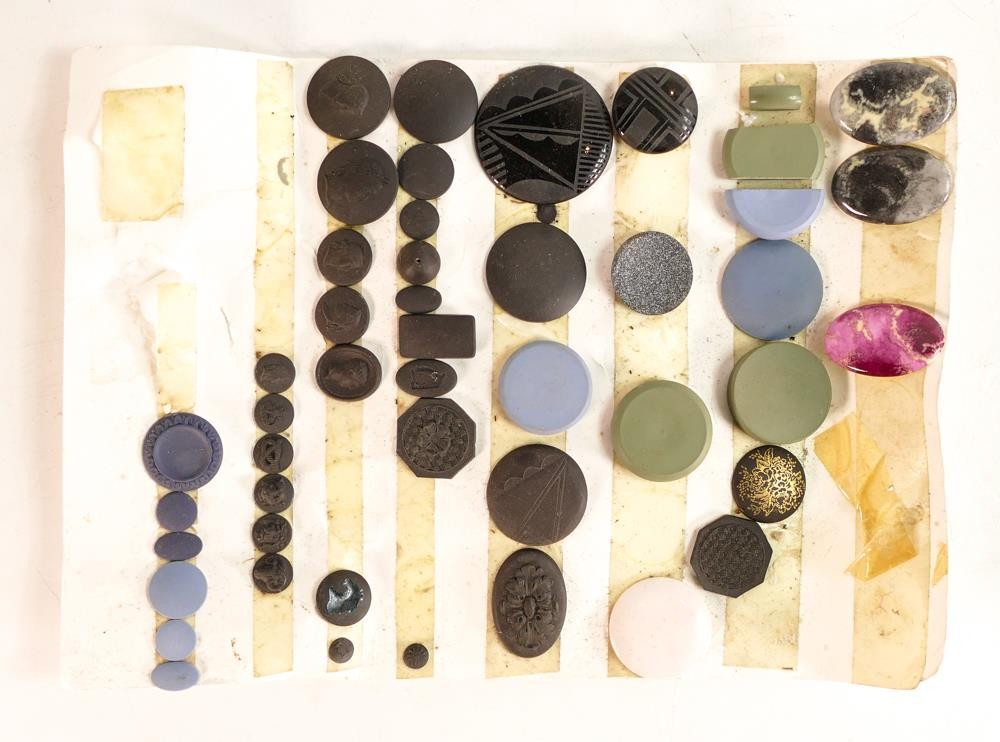

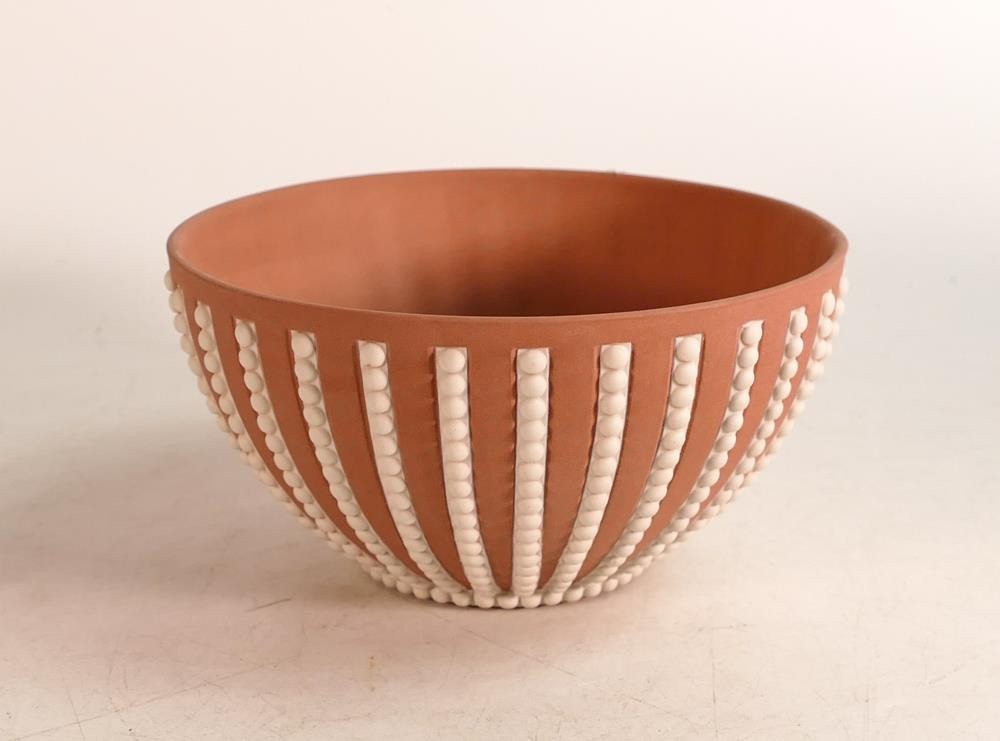

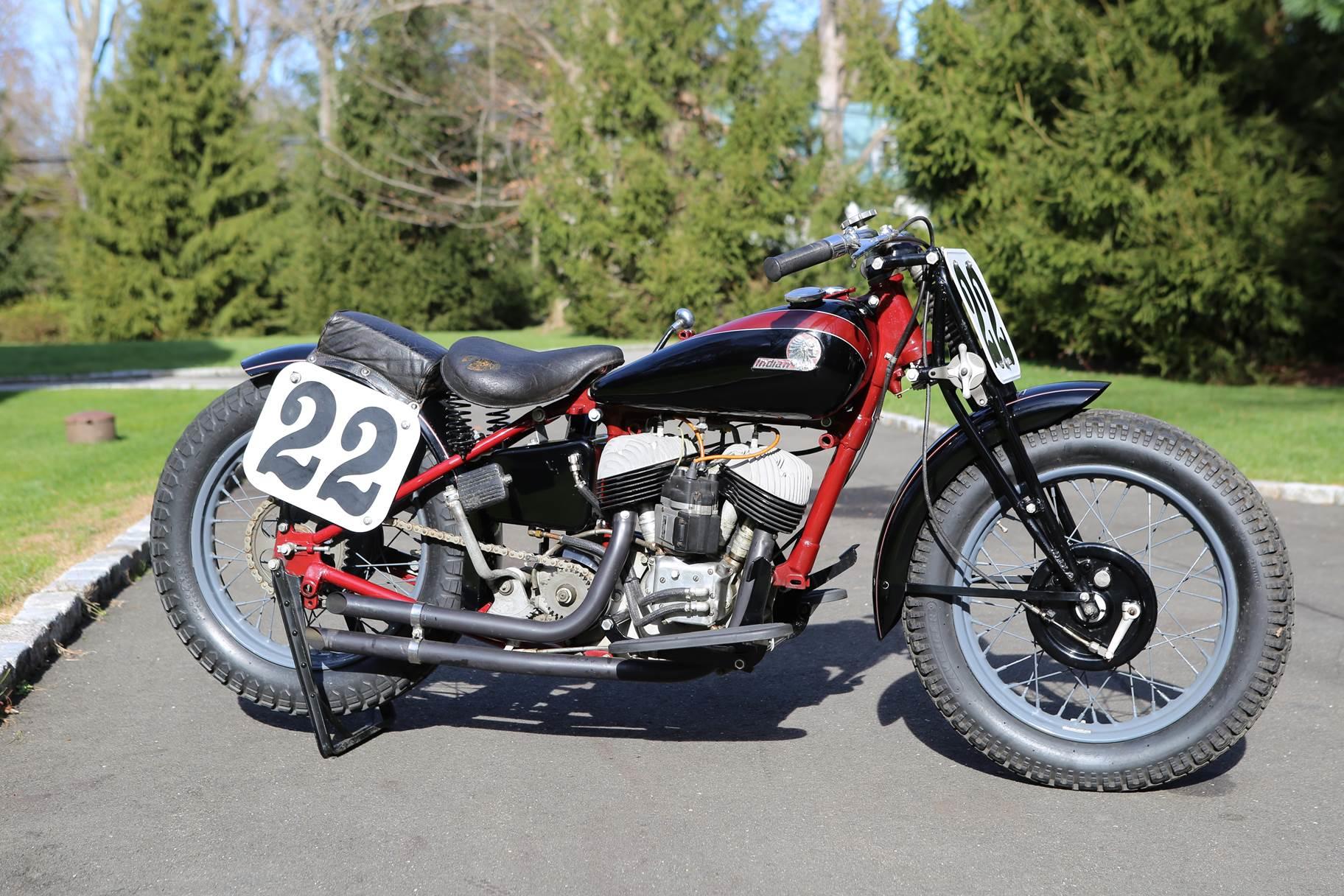
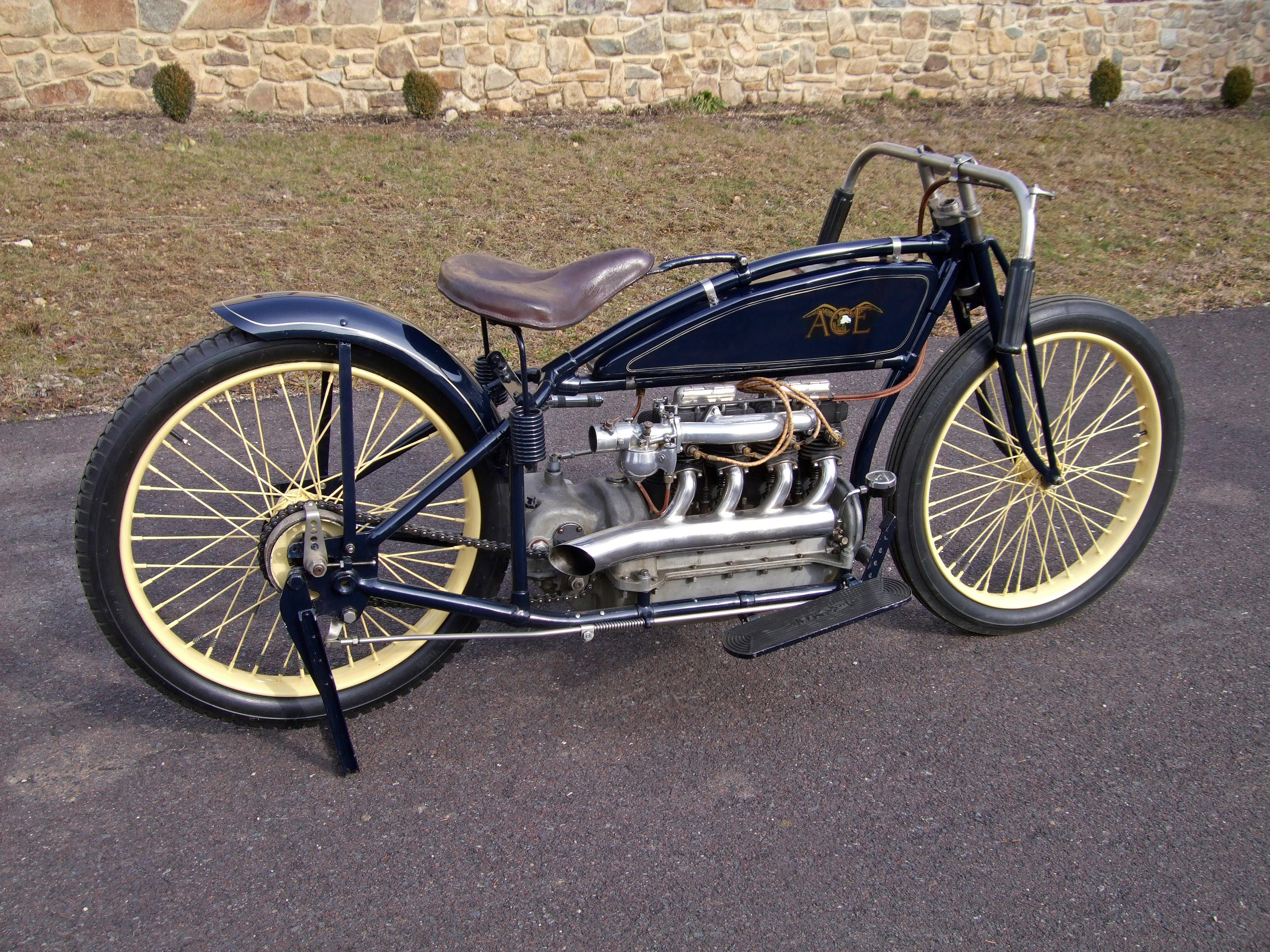


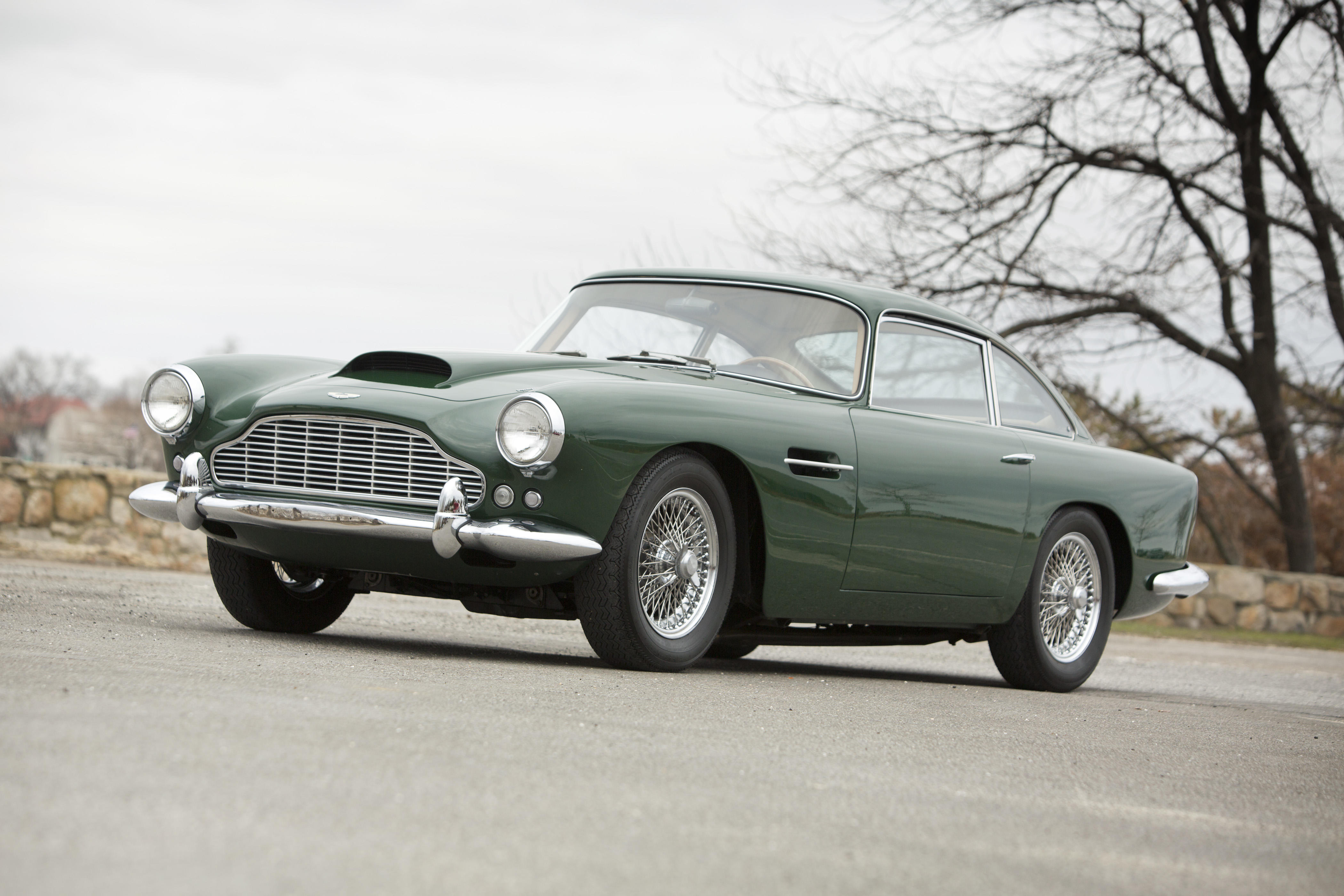


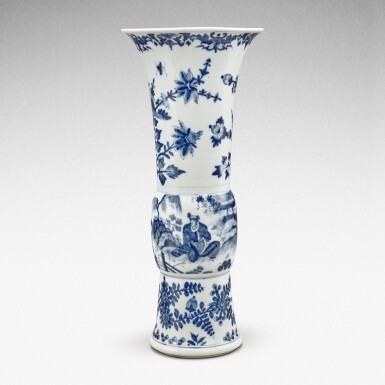


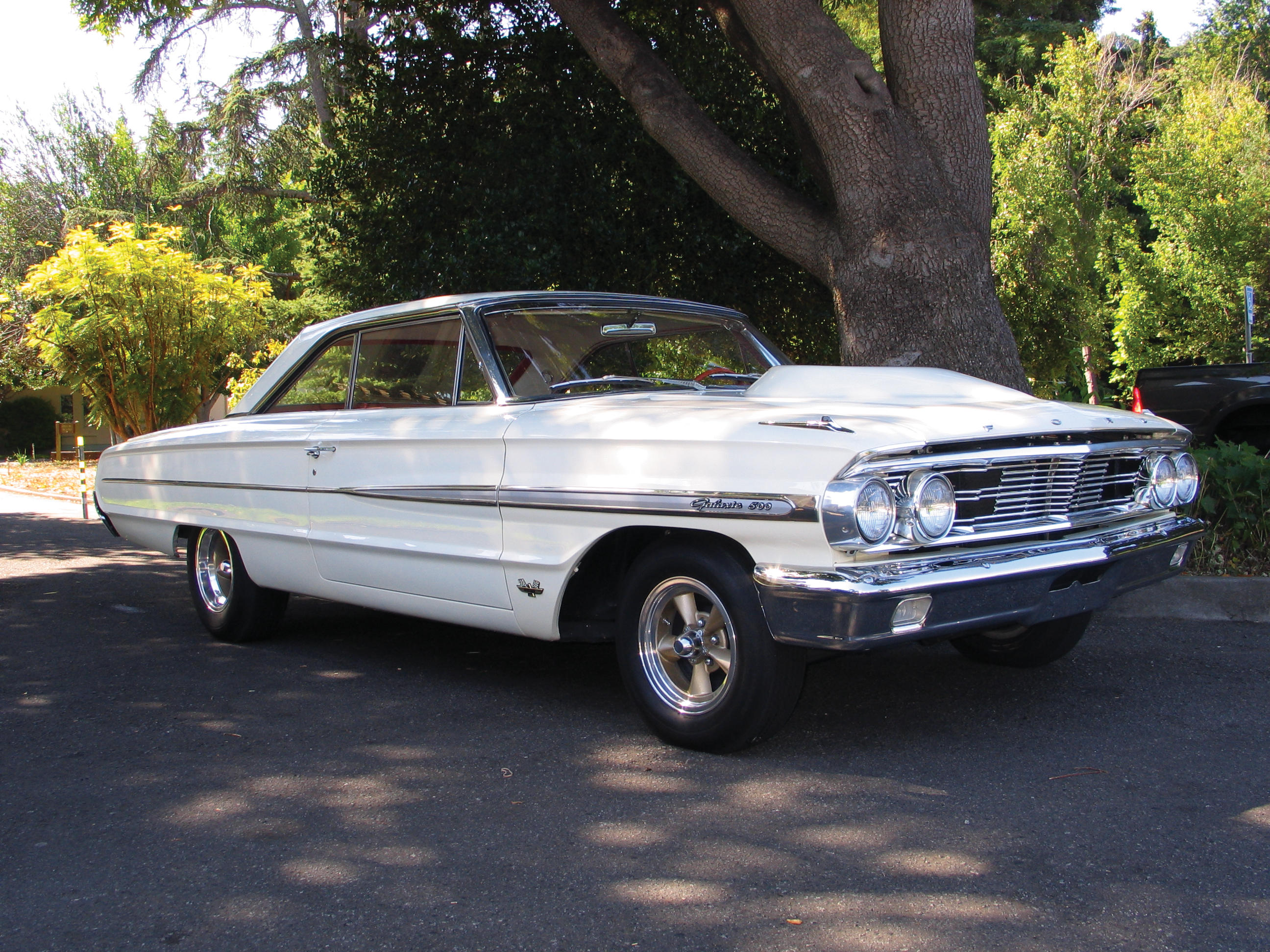
Try LotSearch and its premium features for 7 days - without any costs!
Be notified automatically about new items in upcoming auctions.
Create an alert